CPS Unit Number 138-01
Camp: 138
Unit ID: 1
Operating agency: MCC
Opened: 10 1944
Closed: 12 1946
Workers
Total number of workers who worked in this camp: 142
-
 CPS Camp No. 138, subunit 2, Malcolm, Nebraska.Henry Hochstedler cultivating. June 1946.Digital image, Mennonite Community Photographs, 1947-1953: Service. HM4-134 Box 1 Photo 021.1-13. Mennonite Central Committee Photo ArchiveJune 1946.
CPS Camp No. 138, subunit 2, Malcolm, Nebraska.Henry Hochstedler cultivating. June 1946.Digital image, Mennonite Community Photographs, 1947-1953: Service. HM4-134 Box 1 Photo 021.1-13. Mennonite Central Committee Photo ArchiveJune 1946. -
 CPS Camp No. 138, subunit 1, Lincoln, Nebraska.CPS men surveying on a farm near Lincoln.Digital image, Mennonite Community Photographs, 1947-1953: Service. HM4-134 Box 1 Photo 021.1-10. Mennonite Central Committee Photo Archive
CPS Camp No. 138, subunit 1, Lincoln, Nebraska.CPS men surveying on a farm near Lincoln.Digital image, Mennonite Community Photographs, 1947-1953: Service. HM4-134 Box 1 Photo 021.1-10. Mennonite Central Committee Photo Archive -
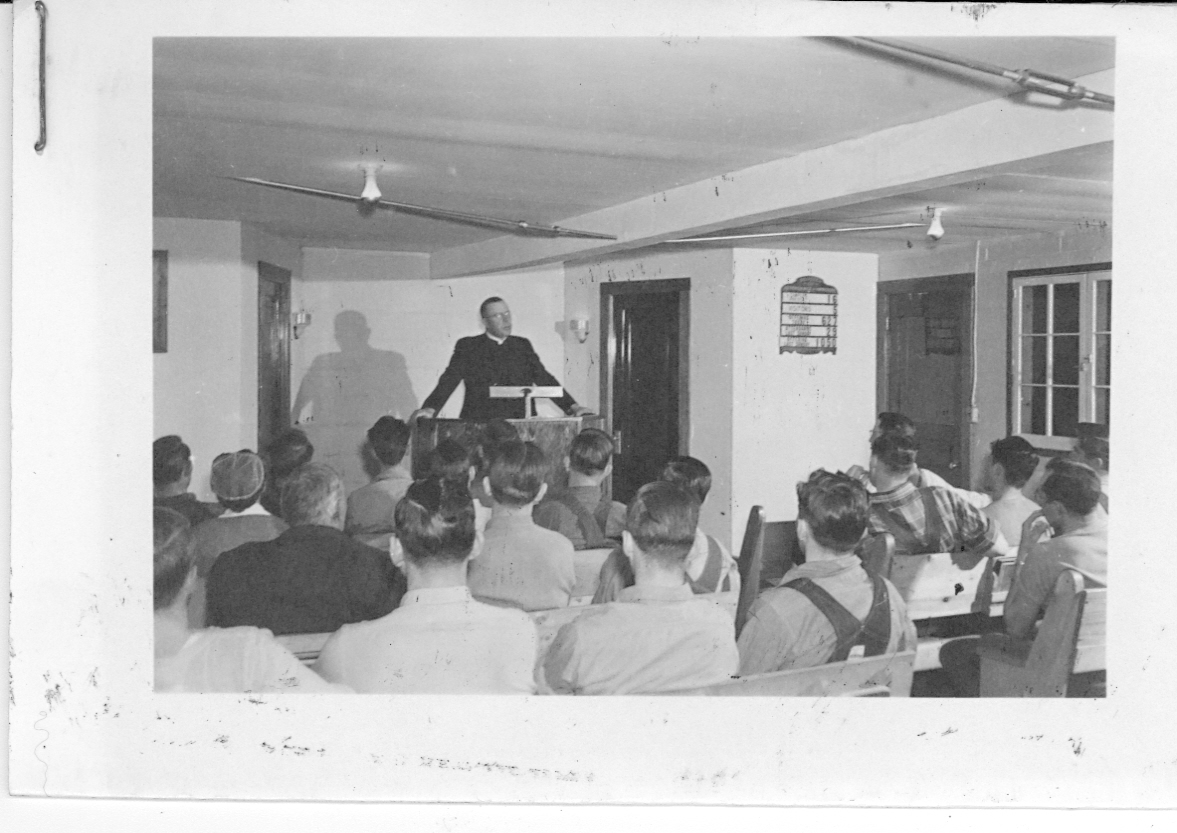 CPS Camp No. 138, subunit 2, Malcolm, Nebraska.Yost from Denver preaching in 1946.Digital image, Mennonite Community Photographs, 1947-1953: Service. HM4-134 Box 1 Photo 021.1-10. Mennonite Central Committee Photo Archive1946
CPS Camp No. 138, subunit 2, Malcolm, Nebraska.Yost from Denver preaching in 1946.Digital image, Mennonite Community Photographs, 1947-1953: Service. HM4-134 Box 1 Photo 021.1-10. Mennonite Central Committee Photo Archive1946 -
 CPS Camp No. 138, subunit 1, Lincoln, Nebraska.View of the camp at Lincoln, May, 1946.Digital image, Mennonite Community Photographs, 1947-1953: Service. HM4-134 Box 1 Photo 021.1-5. Mennonite Central Committee Photo ArchiveMay 1946
CPS Camp No. 138, subunit 1, Lincoln, Nebraska.View of the camp at Lincoln, May, 1946.Digital image, Mennonite Community Photographs, 1947-1953: Service. HM4-134 Box 1 Photo 021.1-5. Mennonite Central Committee Photo ArchiveMay 1946 -
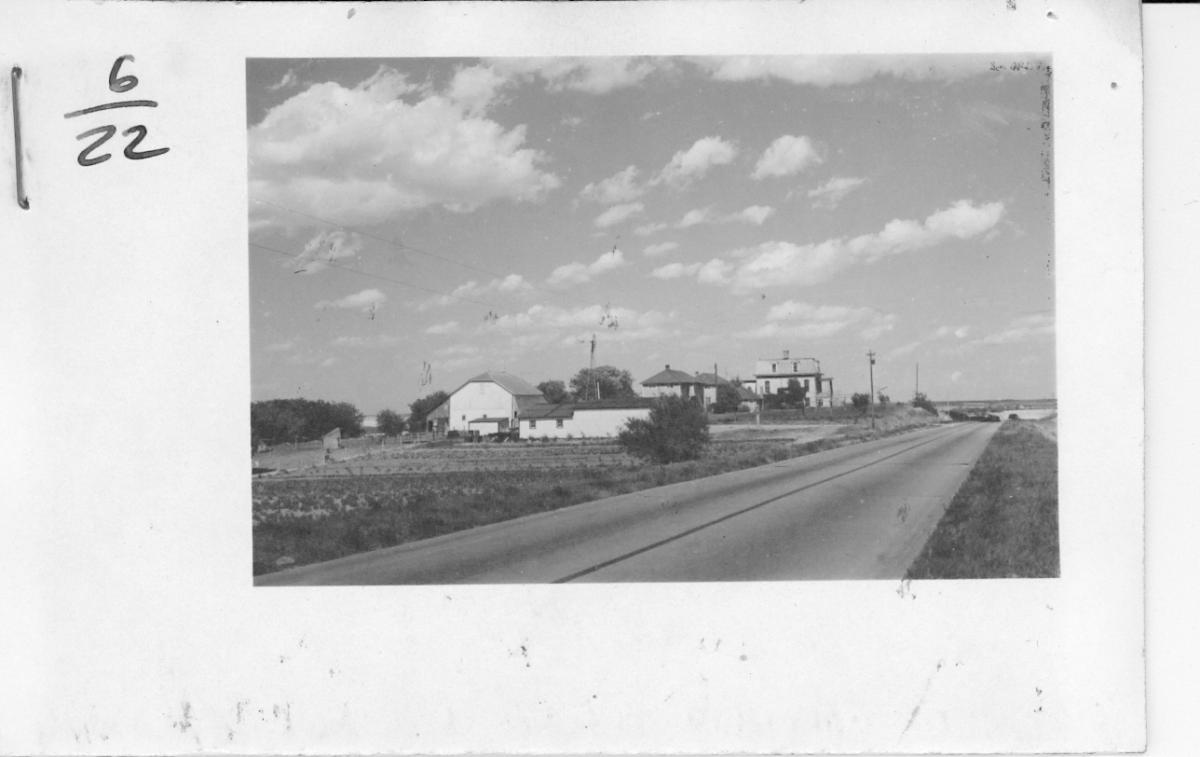 CPS Camp No. 138, subunit 2, Malcolm, Nebraska.View of the camp at Malcolm June, 1946.Digital image, Mennonite Community Photographs, 1947-1953: Service. HM4-134 Box 1 Photo 021.1-5. Mennonite Central Committee Photo ArchiveJune 1946.
CPS Camp No. 138, subunit 2, Malcolm, Nebraska.View of the camp at Malcolm June, 1946.Digital image, Mennonite Community Photographs, 1947-1953: Service. HM4-134 Box 1 Photo 021.1-5. Mennonite Central Committee Photo ArchiveJune 1946. -
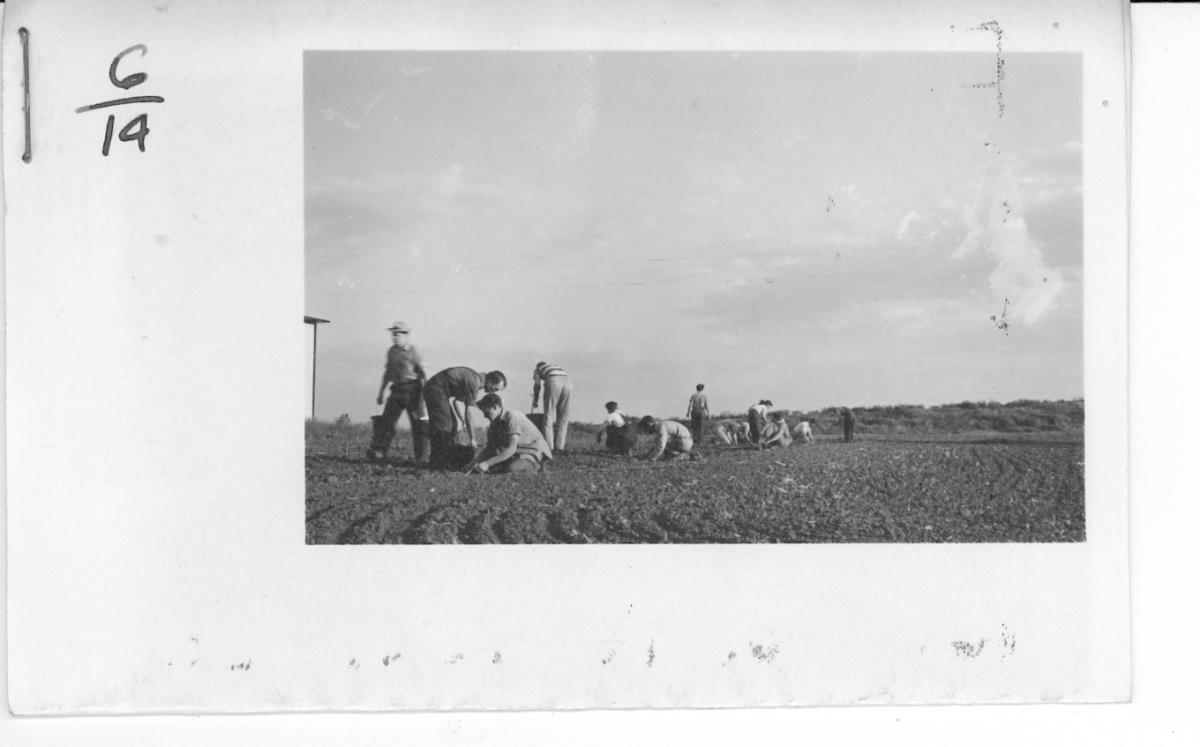 CPS Camp No. 138, subunit 2, Malcolm, Nebraska.1946. Scene at Malcolm Nebraska C.P.S. camp.Mennonite Community Photographs, 1947-1953: Service. HM4-134 Box 1 Photo 021.1-15. Mennonite Central Committee Photo Archive
CPS Camp No. 138, subunit 2, Malcolm, Nebraska.1946. Scene at Malcolm Nebraska C.P.S. camp.Mennonite Community Photographs, 1947-1953: Service. HM4-134 Box 1 Photo 021.1-15. Mennonite Central Committee Photo Archive -
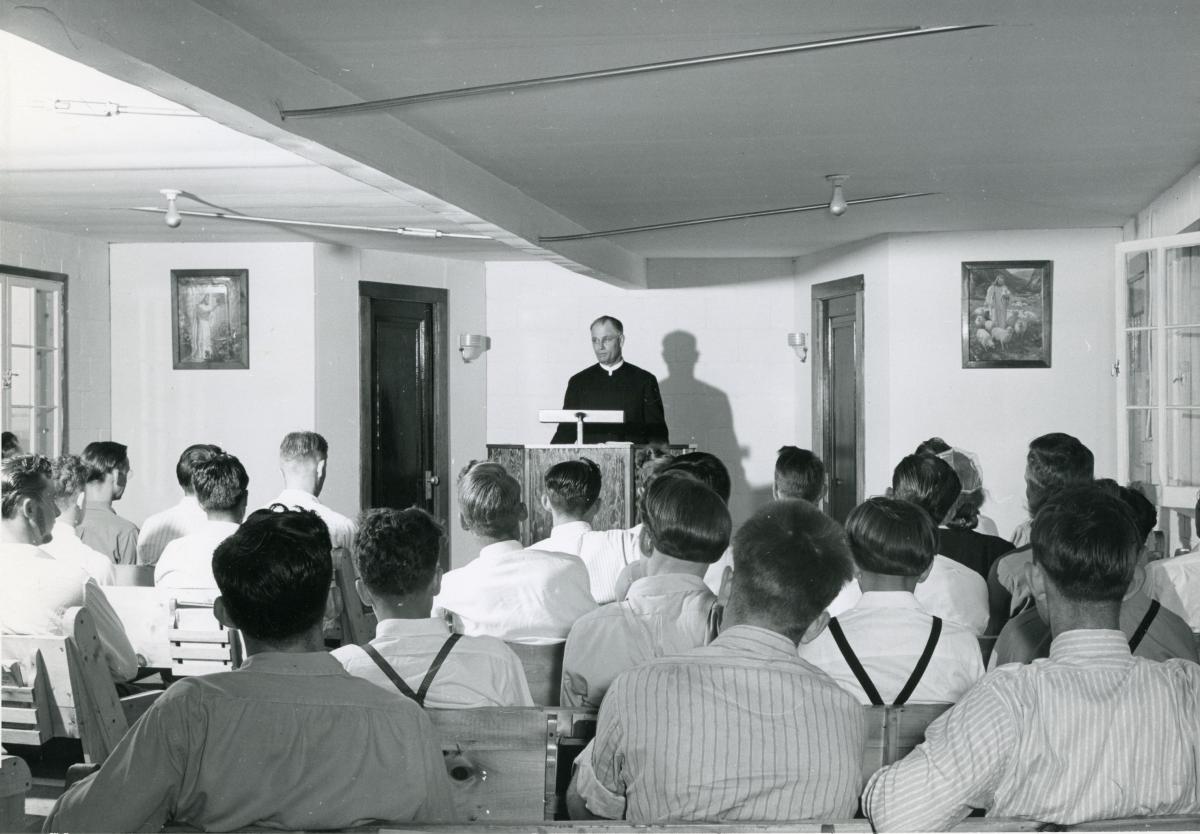 Philemon Frey PreachingPhilemon Frey preaching at a worship service for conscientious objectors, February, 1946, at Civilian Public Service Camp No. 138, Malcolm, Nebraska. Frey was a conscientious objector in World War 1, and was ordained a Mennonite minister at Archbold, Ohio in 1936.Mennonite Central Committee Archival Photo
Philemon Frey PreachingPhilemon Frey preaching at a worship service for conscientious objectors, February, 1946, at Civilian Public Service Camp No. 138, Malcolm, Nebraska. Frey was a conscientious objector in World War 1, and was ordained a Mennonite minister at Archbold, Ohio in 1936.Mennonite Central Committee Archival Photo
-
 June 1946.
June 1946. -
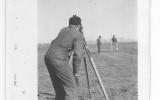
-
 1946
1946 -
 May 1946
May 1946 -
 June 1946.
June 1946. -

-

CPS Camp No. 138 subunit 1, located on an eighty-acre farm southeast of Lincoln, Nebraska, under the general supervision of the MCC educational secretary, started a Farm and Community School in November 1944, as did subunit 2. Men performed contour farming, surveyed for base maps and terracing, and built fences, among other duties.
Harry Martens of the Mennonite Central Committee supervised the purchase of an eighty acre farm a mile and a half east of College View, a suburb southeast of Lincoln, Nebraska for use by a small CPS unit devoted to soil conservation work. The unit opened in October 1944 and closed in December 1946.
The farm contained a house, which was reconditioned for the unit. In addition, unit director Lester Cook, a carpenter arrived in Lincoln October 1 to work on the project, that included building barracks which housed men, dining facilities, and a CPS office.
Directors: Lester Cook, P. E. Klassen, John Mishler, Sam Wollman
Dieticians: Rose Klassen, Mrs. Levi Koehn
Twenty men served in the unit, some married.
The men surveyed land for contouring and for base maps, built terraces and diversion ditches, filled gullies, prepared acres for strip cropping, and repaired and maintained government buildings.
From the beginning of December 1944 through June 1945, the men in subunits one and two had given 4,870 person-days to the Soil Conservation Service in the following activities.
- Surveyed 26,290 acres for contour lines
- Surveyed 3,600 acres for base maps
- Surveyed 180 miles of lines for terraces
- Built 22 miles of terraces
- Prepared 24 acres for strip cropping
- Seeded and sodded 86 acres of gullies
- Constructed 8,500 feet of terrace outlets
- Constructed 1,740 check dams
- Dug and graded 23,743 feet of open ditches
- Cleared or constructed 895 rods of fence
- Spent 621 man-days on repair and maintenance of government buildings and technical service office work
The educational program at Lincoln, like the program at Malcolm, included regular visits and presentations by ministers and educational leaders. Lester Hostetler, pastor of the Bethel College Mennonite Church in Kansas regularly visited subunit 1 along with the Agricultural College unit CPS No. 106 in Lincoln.
The men held weekly Sunday morning services, the order of worship printed on a mimeographed sheet “The Little Country Chapel”.
Men in subunits 1 and 2 conducted Farm and Community Schools simultaneously along with CPS Camp No. 106, the Agricultural Experiment Station unit in Lincoln. The MCC general secretary provided general supervision to CPS Camp No. 138 subunit 1 and CPS Camp No. 106. The Peace Problems Committee of the Mennonite Church supervised CPS Camp No. 138 subunit 2. The three education secretaries worked cooperatively and Esko Loewen, the education director of CPS. No. 106 in Lincoln, acted as the coordinator.
The November 16 and 17, 1944 conference of farm and community schools leaders proved to be a major event for the three units in the Lincoln area. Five Soil Conservation Service and Agricultural College men, six Mennonite ministers and college faculty and six MCC representatives from Akron, Pennsylvania gathered along with the leaders of the Terry, Montana CPS Camp No. 64 school leaders. They planned plan for the Farm and Community Schools “in view of the long-range needs of Mennonite young people”. In the time together, they clarified philosophy and objectives for the schools and shared their initial plans for the schools in the camps and units present.
The Farm and Community School in subunits 1 and 2 emphasized soil conservation in addition to featuring Farm and Home. The education planners hoped that the wives who had followed their husbands to the area would participate in the school programs and courses as much as was possible for them.
The men published a weekly mimeographed paper called The Ruralogue, which included announcements and other information.
The men also published The Conservator, beginning in late 1944 and continuing through September 1946.
For information on Mennonite camps and units in agriculture, see Melvin Gingerich, Service for Peace: A History of Mennonite Civilian Public Service. Akron, PA: Mennonite Central Committee printed by Herald Press, Scottdale, PA, 1949 pp. 177-212.
For more information on women COs see Rachel Waltner Goossen, Women Against the Good War: Conscientious Objection and Gender on the American Home Front, 1941-47. Chapel Hill, NC: The University of North Carolina Press, 1997.
For general information on the work and life in CPS camps and units, see Albert N. Keim, The CPS Story: An Illustrated History of Civilian Public Service. Intercourse, PA: Good Books 1990.
See also Mulford Q. Sibley and Philip E. Jacob, Conscription of Conscience: The American State and the Conscientious Objector, 1940-47. Ithaca, NY: Cornell University Press, 1952.
Swarthmore College Peace Collection, Camp periodicals database.